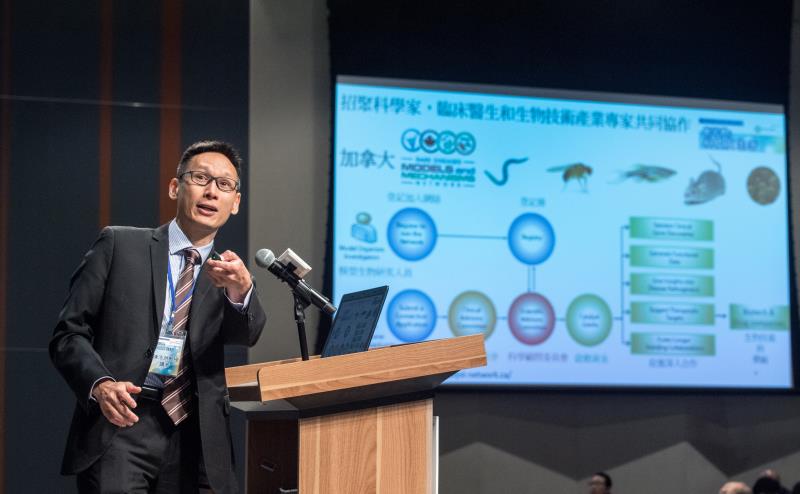 Prof Edwin Chan (photo credit: Hong Kong Alliance for Rare Diseases)
Prof Edwin Chan (photo credit: Hong Kong Alliance for Rare Diseases)Enrolment in rare disease patient registries in Hong Kong is low, a recent survey has shown.
The online survey was conducted between 3 June and 15 July 2019 by researchers from the Chinese University of Hong Kong (CUHK) with support from the Hong Kong Spinocerebellar Ataxia Association and Hong Kong Alliance for Rare Diseases. The respondents included 143 (38 percent) patients with rare diseases recruited from rare disease patient groups, and 238 (62 percent) family members of patients with rare diseases, public health practitioners or citizens recruited from non-patient groups. Three patient respondents had more than one rare disease, while nine extremely rare diseases were not included among the 112 conditions listed in the survey questionnaire.
Results showed that 62 of 143 patient respondents (43 percent) did not understand what a patient registry was. Only 40 patients (28 percent) had enrolled in a rare disease registry.
About half (n=23) of the patients who had enrolled in a rare disease registry learned about the registry via patient groups or organizations. The most common reason for enrolling was the hope to try new drugs (27.5 percent), while 12.5 percent enrolled with the hope to be cured and 10 percent enrolled as per their doctors’ advice.
Among 41 patients who understood what a patient registry was but did not enrol into any, the most common reason for not enrolling was not knowing how to do so (58.5 percent), followed by the lack of a registry for the particular rare disease affecting the patient (14.6 percent), and not seeing any information on the registry (12 percent).
Awareness was slightly better among the 238 non-patient respondents, 162 (68 percent) of whom understood what a patient registry was.
“The patients’ participation in the rare disease registries was surprisingly low,” said investigator Professor Edwin Chan of the School of Life Sciences, CUHK. “Findings of the survey presented a rather grim picture of patients with rare diseases having a very superficial understanding of and not engaging themselves with patient registries.”
“Comprehensive patient registries can facilitate research on the pathogenesis of rare diseases and drive the development of treatment options. The low awareness and low participation are attributable to the lack of scientific knowledge and accurate information, as well as the ineffective integrative approaches adopted when the rare disease patient registries were introduced,” suggested Chan.
Patient groups (46.3 percent) and the media (28.4 percent) were the most common channels through which the respondents learned about the rare disease registries. As such, Chan and colleagues have made plans for awareness-raising initiatives targeting patients, their caregivers, the general public, as well as scientists and clinicians.
One initiative is the multidisciplinary Nexus of Rare Neurodegenerative Diseases (NRND) research network launched in December 2019. Comprising local and international scientists and clinicians, the NRND’s mission is to develop more effective strategies to control the inheritance and deterioration of rare diseases. Promising discoveries made in drug development thus far include the small molecule AMQMAN and a beta-structured inhibitor for polyQ diseases, as well as the peptidylic inhibitor P3 for poly-glutamine diseases. [J Biol Chem 2019;294:2757-2770; RNA 2018;24:486-498; Mol Ther Nucleic Acids 2019;16:172-185; Dis Model Mech 2016;9:321-334]
“Up-to-date information on research and drug development in rare neurodegenerative and neuromuscular diseases is available on the NRND website for patient support groups in the Asia-Pacific region,” said Chan. [http://www.bch.cuhk.edu.hk/NRND/]